
Timeless Charm of Old Bagan: A Journey Through Ancient Temples
Explore the ancient wonders of Old Bagan, Myanmar's historic gem, where thousands of temples and vibrant local culture await to captivate your senses.
Old Bagan, located in the heart of Myanmar, is a treasure trove of ancient temples and stunning landscapes. As one of the most significant archaeological sites in Southeast Asia, Old Bagan offers visitors an unparalleled glimpse into the region's rich history and cultural heritage. The area is dotted with thousands of pagodas, stupas, and temples, each telling a unique story of the past. Visitors can explore the magnificent Ananda Temple, renowned for its stunning architecture and intricate carvings. The Shwesandaw Pagoda provides breathtaking panoramic views of the entire Bagan plain, especially during sunrise and sunset. For a more immersive experience, consider renting a bicycle or an electric scooter to traverse the dusty paths and discover hidden gems at your own pace. Old Bagan is not just about ancient structures; it also offers a vibrant local culture. The bustling Nyaung U Market is a must-visit for those who want to experience the local way of life. Here, you can find everything from fresh produce to traditional handicrafts. Don't forget to try some local delicacies and interact with the friendly locals who are always eager to share their stories. For a serene end to your day, take a boat ride along the Irrawaddy River. The tranquil waters and scenic views provide a perfect backdrop for reflection and relaxation. Whether you are an avid history buff or simply looking for a unique travel experience, Old Bagan promises to enchant and inspire.
Local tips in Old Bagan
- Visit the temples early in the morning or late in the afternoon to avoid the heat and crowds.
- Rent an electric scooter for a convenient and eco-friendly way to explore the area.
- Dress modestly when visiting temples; shoulders and knees should be covered.
- Carry plenty of water and sunscreen, as the area can get quite hot during the day.
- Hire a local guide for a more in-depth understanding of the history and significance of the temples.
Iconic landmarks you can’t miss
That Bin Nyu Temple
Immerse yourself in the tranquility and beauty of That Bin Nyu Temple, a must-visit Buddhist temple in the heart of Old Bagan.
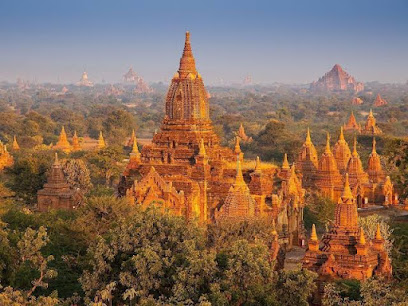
Shwesandaw Pagoda
Experience the spiritual essence and breathtaking views at Shwesandaw Pagoda, a must-visit treasure in the heart of Bagan, Myanmar.
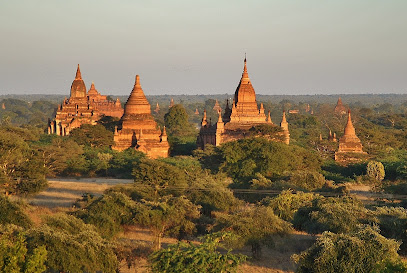
Bagan Golden Palace
Explore the enchanting Bagan Golden Palace, a historic landmark that showcases the stunning architecture and rich heritage of Myanmar's ancient civilization.
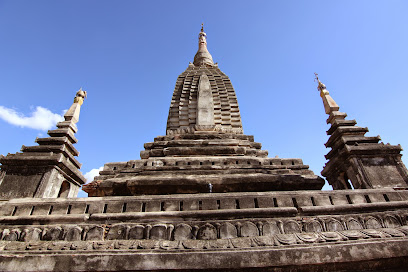
Gawdawpalin Temple
Explore the grandeur of Gawdawpalin Temple, a historical marvel in Old Bagan, showcasing exquisite architecture and rich Buddhist heritage.
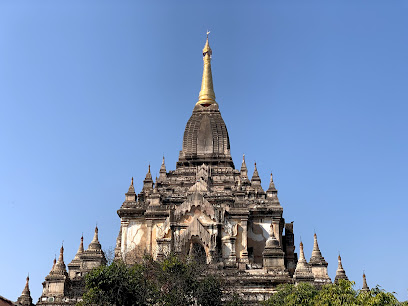
Shwe Gu Gyi Temple
Discover the spiritual beauty of Shwe Gu Gyi Temple in Old Bagan, a serene haven showcasing ancient architecture and rich cultural heritage.
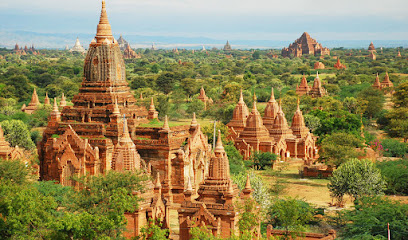
Maha Bodhi Phaya
Explore the serene beauty of Maha Bodhi Phaya, a stunning Buddhist temple in Old Bagan, where spirituality and history converge.
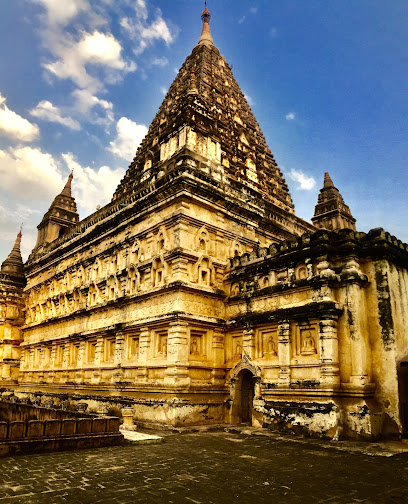
Mimalaung Kyaung
Discover the serene beauty of Mimalaung Kyaung, a must-visit Buddhist temple in Old Bagan, rich in history and tranquility.
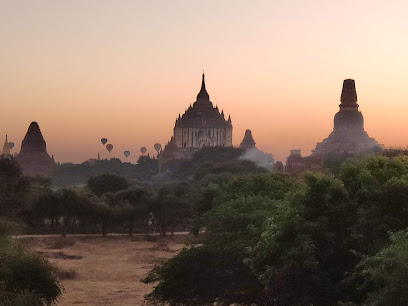
Old Bagan
Discover the stunning beauty and rich history of Old Bagan, a UNESCO World Heritage site filled with ancient temples and breathtaking landscapes.
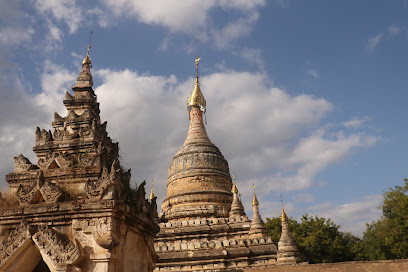
Mee Nyein Gone (Temple No. 1499)
Experience the serene beauty and rich history of Mee Nyein Gone Temple in Old Bagan, a must-visit Buddhist temple for every traveler.
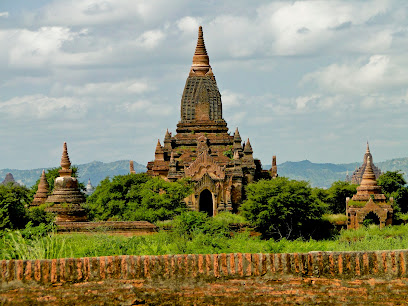
Palace Excavation Site
Explore the Palace Excavation Site in Old Bagan, a historical landmark showcasing Myanmar's rich cultural heritage and breathtaking landscapes.
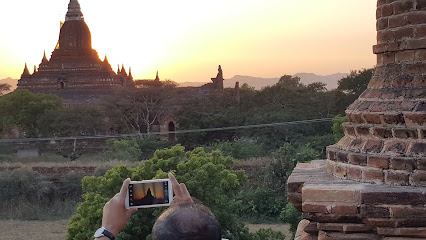
Pagan city
Explore Pagan City in Old Bagan, Myanmar - a UNESCO World Heritage Site filled with ancient temples, rich history, and breathtaking landscapes.
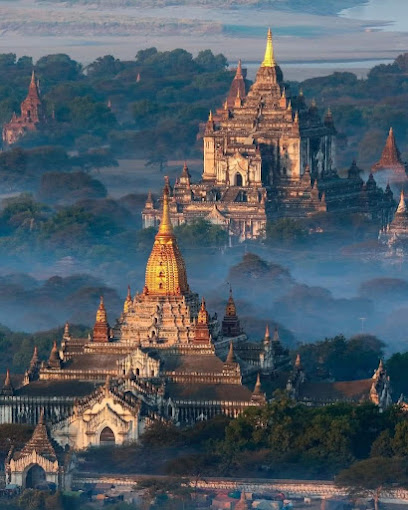
Unmissable attractions to see
Bupaya
Explore the breathtaking Bupaya Pagoda in Old Bagan, a historical gem offering stunning views and rich cultural heritage.
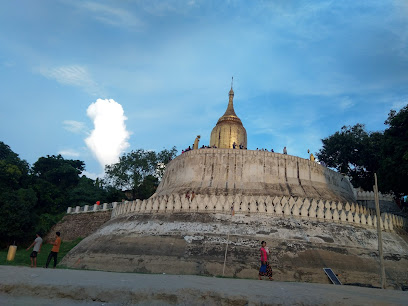
Bagan Archaeological Museum
Discover the rich history and cultural heritage of Myanmar at the Bagan Archaeological Museum, home to exquisite artifacts from an ancient civilization.
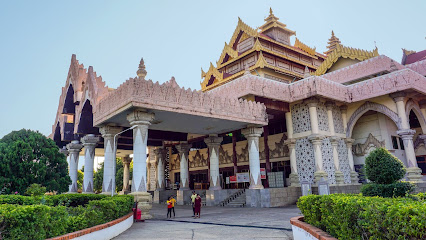
Shwe Gu Gyi Temple
Experience the spiritual essence of Myanmar at Shwe Gu Gyi Temple, a stunning Buddhist haven in the heart of Old Bagan.
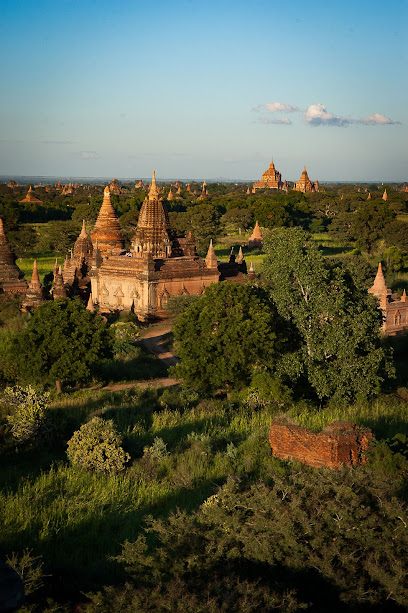
Maha Bodhi Phaya
Discover the spiritual essence and stunning architecture of Maha Bodhi Phaya, a must-visit Buddhist temple in the heart of Old Bagan, Myanmar.
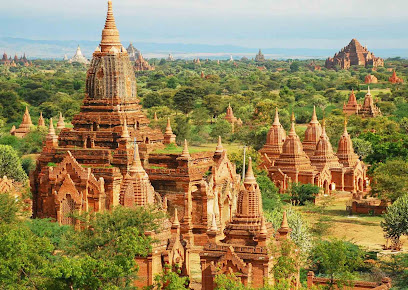
Mee Nyein Gone (Temple No. 1499)
Explore the tranquil beauty of Mee Nyein Gone Temple in Old Bagan, a masterpiece of Buddhist architecture and spirituality amidst ancient ruins.
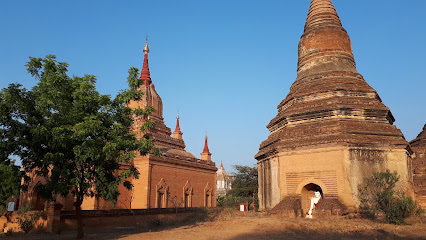
Essential places to dine
Star Beam
Experience authentic Burmese cuisine at Star Beam in New Bagan – where every dish tells a story!
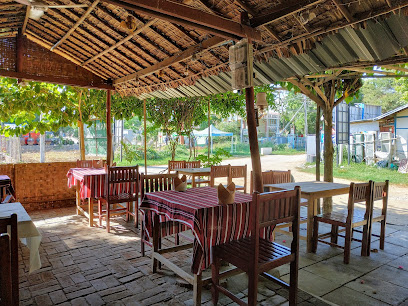
Elodie Restaurant
Experience authentic Burmese cuisine at Elodie Restaurant in New Bagan, where tradition meets modern taste in a warm and inviting atmosphere.
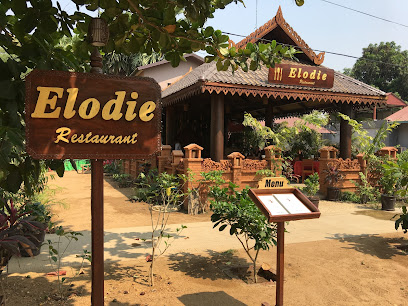
Mi San Restaurant
Experience authentic Myanmar cuisine at Mi San Restaurant in Old Bagan—delicious food and affordable prices await every traveler.

Great One Reastaurnt
Experience authentic Myanmar cuisine at Great One Restaurant in Nyaung-U - a perfect blend of local flavors and warm hospitality.
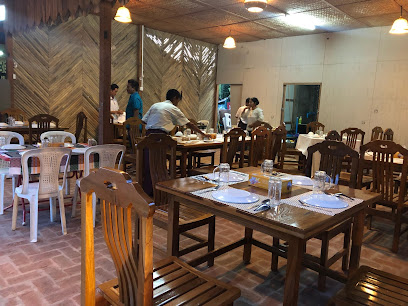
Shwe Myanmar
Experience the rich culinary heritage of Myanmar at Shwe Myanmar Buffet Restaurant in Nyaung-U, offering diverse flavors in a welcoming atmosphere.
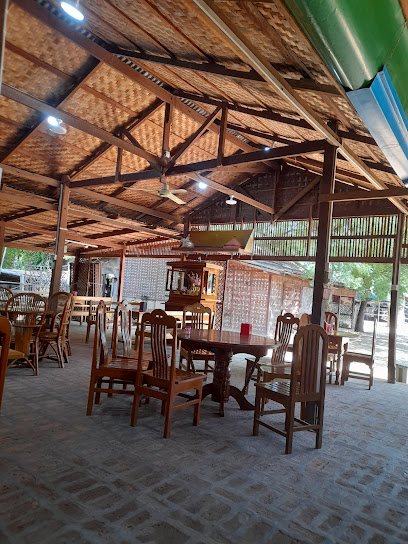
Yoe Yoe Lay
Experience authentic Burmese cuisine at Yoe Yoe Lay in Old Bagan—where local flavors meet rich cultural heritage.
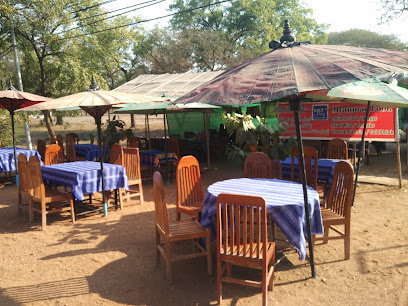
Royal Restaurant
Experience authentic Burmese cuisine at Royal Restaurant in Old Bagan - where tradition meets flavor in every dish.
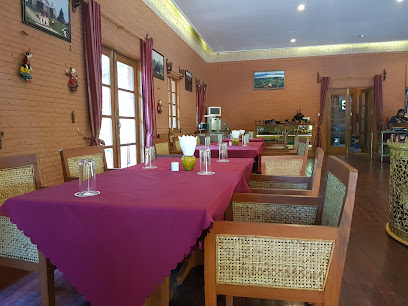
Restaurant at Bagan Ostello Bello
Experience vibrant flavors and warm hospitality at the Restaurant at Bagan Ostello Bello in New Bagan - a must-visit culinary gem for every traveler.
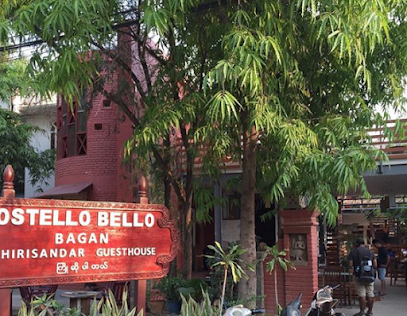
Unique - 유니크 (Korean Foods,Cafe and Drinks)
Experience authentic Korean flavors at Unique Restaurant in Nyaung-U, where every dish tells a story.

Bagan Beach Food Garden
Experience authentic Asian cuisine amidst the serene beauty of Old Bagan at Bagan Beach Food Garden.
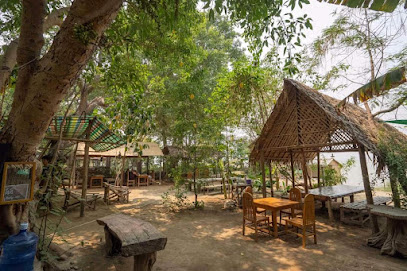
Markets, malls and hidden boutiques
Souvenir Shops
Discover the unique charm of Old Bagan's souvenir shops, filled with handcrafted treasures and local artistry that capture the spirit of this ancient city.
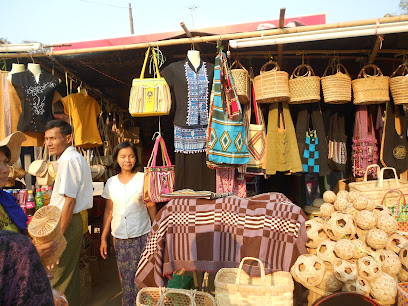
RoyalLacquer
Explore the exquisite craftsmanship of lacquerware at RoyalLacquer in Old Bagan, a perfect blend of culture and artistry.

ကိုအောင်နိုင်သူ+မမော်ခိုင်
Explore the vibrant culture of Myanmar at this unique store in Old Bagan, offering handmade crafts and authentic souvenirs.

Ritik
Explore the rich culture of Old Bagan at Ritik, where local crafts and authentic Burmese treasures await your discovery.

ချပုံး
Immerse yourself in the local flavors of Myanmar at ချပုံး, a unique grocery store in the heart of Old Bagan.

Quality Bagan Shop
Discover unique souvenirs and local crafts at Quality Bagan Shop in Old Bagan, a must-visit for every traveler seeking authentic Myanmar treasures.

A Hla Kyi Myanmar Thanakha
Explore the heart of Bagan's culture with unique souvenirs at A Hla Kyi Myanmar Thanakha, your destination for authentic local craftsmanship.

Shwe Wah Win
Discover the cultural heritage of Myanmar at Shwe Wah Win, where traditional and modern clothing intertwine in the heart of Old Bagan.

Shwe Wah Thein
Explore Shwe Wah Thein in Old Bagan for unique handcrafted souvenirs that embody the rich culture and artistry of Myanmar.

Myat Hmue store
Discover local flavors and essentials at Myat Hmue Store in Old Bagan, the perfect convenience stop for travelers exploring ancient wonders.

Essential bars & hidden hideouts
HTI Bar & Restaurant
Experience the vibrant flavors and lively atmosphere at HTI Bar & Restaurant in Nyaung-U, a perfect spot for tourists to relax and enjoy local cuisine.
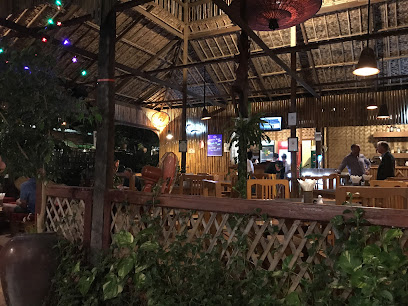
Bagan Zay
Discover the vibrant nightlife of Bagan Zay, a lively bar in Nyaung-U that welcomes travelers with local drinks and a friendly atmosphere.
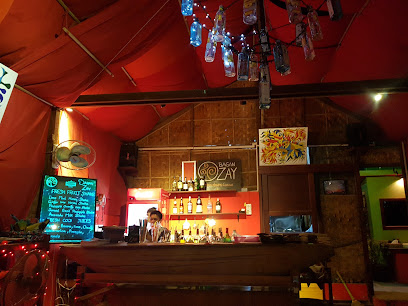
Erawati Raft
Experience the tranquil beauty of Old Bagan at Erawati Raft, a unique riverside bar offering stunning views and refreshing drinks.
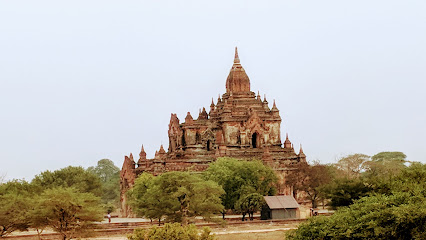
အညာထန်းရိပ်
Discover the lively atmosphere of အညာထန်းရိပ် in New Bagan, where local culture and refreshing drinks meet.
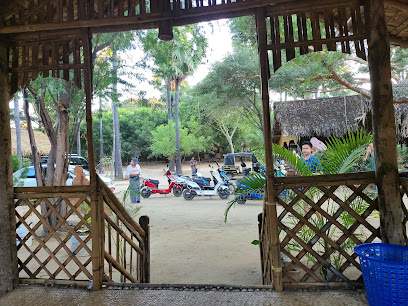
FOCUS Restaurant
Discover the lively atmosphere of FOCUS Restaurant in Nyaung-U, where travelers gather to enjoy great drinks and warm hospitality.
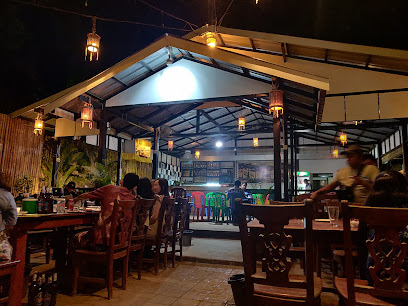
wai
Discover the charm of Wai, a serene bar in Old Bagan, where local culture meets relaxation amidst breathtaking temple views.

Yangon
Experience the vibrant nightlife of Yangon with lively bars, local flavors, and a welcoming atmosphere for all travelers.

ခင္
Experience authentic Burmese cuisine at ခင္ in Old Bagan, where grilled dishes meet rich cultural heritage in a picturesque setting.

Acacia Paradise Bar & Restaurtant
Experience the essence of Old Bagan at Acacia Paradise Bar & Restaurant, where local flavors meet stunning views in a vibrant atmosphere.
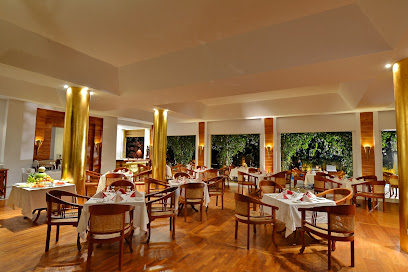
Traditional Sky Beer
Discover the unique charm of Traditional Sky Beer in Old Bagan, where local brews meet breathtaking views in a vibrant atmosphere.

Local Phrases
-
- Helloမင်္ဂလာပါ
[mingalarbar] - Goodbyeသွားပါ
[swarrpar] - Yesဟုတ်ပါ
[hoatpar] - Noမဟုတ်ပါ
[ma hoatpar] - Please/You're welcomeကျေးဇူးပါရှင်
[kyei zu ba shin] - Thank youကျေးဇူးပါ
[kyei zu ba] - Excuse me/Sorryစောက်ရှင်ကြီး
[saw ba shin dji] - How are you?ဘယ်ဘက်လဲခင်ဗျာ
[be ba let kan pya] - Fine. And you?အဲ့နဲ့ကြီးလဲ
[eh ne dji le] - Do you speak English?အဂၤလိပ်ထွက်လဲခင်ဗျာ
[a gu leht kwat kan pya] - I don't understandအဲ့မှာကြီးလဲ
[eh ma dji le]
- Helloမင်္ဂလာပါ
-
- I'd like to see the menu, pleaseမီနူးကြည့်တယ်
[menu gwe tay] - I don't eat meatငါမတော်ကြည့်တယ်
[nga ma tau gwe tay] - Cheers!သွားပါ
[swarrpar] - I would like to pay, pleaseငါပေးခဲ့တယ်
[nga pe hte tay]
- I'd like to see the menu, pleaseမီနူးကြည့်တယ်
-
- Help!ဘားကြီး
[bha dji] - Go away!ချက်ကြီး
[chay dji] - Call the Police!ရတနာန်းလဲ
[ya ta na lamya] - Call a doctor!အဆူချက်
[a su chay] - I'm lostငါမှာကြီး
[nga ma dji] - I'm illငါနားကြီး
[nga na dji]
- Help!ဘားကြီး
-
- I'd like to buy...ငါဝယ်လို့ရယ်
[nga wai lo yae] - I'm just lookingငါရယ်ကြည့်ရယ်
[nga yae gwe yae] - How much is it?ဒီလာထဲကြည့်ရ
[di la hte gwe] - That's too expensiveဤလာမကိုကြည့်ရ
[i la ma kwe] - Can you lower the price?ငယ်တော့တဲ့ကြည့်ရ
[nga tau te gwe]
- I'd like to buy...ငါဝယ်လို့ရယ်
-
- What time is it?ဘယ်ချိုင်းလဲခင်ဗျာ
[be chone let kan pya] - It's one o'clockတစ်ချိုင်း
[tachone] - Half past (10)ဆယ်ဆယ်
[say say] - Morningနန်းကြီး
[nan dji] - Afternoonညန်းကြီး
[nya nan dji] - Eveningညန်းလွန်း
[nya lwan nan] - Yesterdayမနေ့လွန်း
[mane lwan nan] - Todayယနေ့
[yaney] - Tomorrowမနက်ခင်
[man khan] - 1တစ်
[tachone] - 2နှစ်
[hna chone] - 3သုံး
[sone] - 4လေး
[lay] - 5ငါး
[nga] - 6ခြောက်
[chauk] - 7ခွေး
[kau] - 8ရှေ့
[yey] - 9ကိုး
[ko] - 10ဆယ်
[say]
- What time is it?ဘယ်ချိုင်းလဲခင်ဗျာ
-
- Where's a/the...?ဘားမှာလဲ...?
[bha ma le...] - What's the address?လိပ်စာလဲခင်ဗျာ?
[leiksa le kan pya?] - Can you show me (on the map)?ငါကျောက်ပို့ရယ်လဲ
[nga kau pyu yae le] - When's the next (bus)?နောက်ကြီးလဲခင်ဗျာ?
[nak dji le kan pya?] - A ticket (to ....)လိုင်းစာ
[loangsa]
- Where's a/the...?ဘားမှာလဲ...?
History of Old Bagan
-
Bagan, formerly known as Pagan, was founded in the 9th century as the capital of the Pagan Kingdom. Old Bagan served as the heart of this kingdom, where the first monarchs established their rule and began the construction of temples and pagodas that would later define the skyline of the region. The introduction of Theravada Buddhism during this time greatly influenced the cultural and architectural landscape.
-
The 11th to 13th centuries marked the apex of Bagan's power and influence. King Anawrahta, who reigned from 1044 to 1077, played a pivotal role in the expansion of the kingdom and the construction of significant monuments in Old Bagan, including the iconic Ananda Temple, which remains a masterpiece of early Bagan architecture. This era is characterized by the prolific building of thousands of temples, reflecting the kingdom's wealth and devotion to Buddhism.
-
In the late 13th century, the Mongol invasions led to significant upheaval in Bagan. By 1287, the city faced destruction and loss of power, resulting in a decline of the once-thriving kingdom. Many temples fell into disrepair, and the population decreased as people fled from the invading forces. The legacy of this period is still visible in the ruins that dot the landscape of Old Bagan.
-
During the British colonial period in the 19th century, Bagan became a site of archaeological interest. British explorers and archaeologists began formal documentation of the temples and pagodas, leading to early conservation efforts. This attention brought a renewed understanding of Bagan's historical significance, although many structures faced neglect due to lack of local governance.
-
The 20th and 21st centuries brought both challenges and revitalization to Old Bagan. The devastating earthquake in 1975 caused significant damage to many temples, prompting international efforts for their restoration. UNESCO's designation of Bagan as a World Heritage site in 2019 has further highlighted the importance of preserving this cultural treasure, fostering a blend of tourism and conservation aimed at protecting Old Bagan's rich heritage.
Old Bagan Essentials
-
Old Bagan is accessible from various neighborhoods in Bagan. If you are coming from New Bagan, you can take a short taxi ride or rent an electric bike, which takes around 10-15 minutes. If you are arriving from the airport, taxis are available to take you directly to Old Bagan, typically taking about 30 minutes depending on traffic.
-
Old Bagan is best explored on foot, by bicycle, or by electric scooter, allowing you to enjoy the stunning temples and pagodas at your own pace. Bicycle rentals are widely available, and there are designated paths for easier navigation. Local taxis can also be hired for longer distances, although many areas are walkable.
-
Old Bagan is generally safe for tourists, but it is wise to take standard precautions. Avoid wandering alone at night, especially in less populated areas. While serious crimes against tourists are rare, petty theft can occur, particularly around crowded sites. Be cautious of your belongings and avoid displaying valuables.
-
In case of an emergency, dial 192 for the police or 199 for medical assistance. It is advisable to have travel insurance that covers medical emergencies. There are local clinics in Bagan, and pharmacies are available for minor health issues. Familiarize yourself with the location of the nearest medical facility upon arrival.
-
Fashion: Do dress modestly, particularly when visiting temples; avoid shorts and sleeveless tops. Religion: Do respect local customs; remove your shoes before entering pagodas. Public Transport: Do be patient and respectful; don’t engage in loud conversations. Greetings: Do greet locals with a smile and a nod; a handshake is also acceptable. Eating & Drinking: Do try local cuisine and drink plenty of water; don’t eat in sacred areas or litter.
-
To experience Old Bagan like a local, consider hiring a guide for a deeper understanding of the temple complex's history. Visit the local markets for fresh produce and handmade crafts. Attend a sunrise or sunset viewing at a pagoda for breathtaking scenery without the crowds. Engage with local artisans, who are often eager to share their stories and crafts.
Nearby Cities to Old Bagan
-
Things To Do in Mandalay
-
Things To Do in Mrauk U
-
Things To Do in Kalaw
-
Things To Do in Pyin Oo Lwin
-
Things To Do in Naypyidaw
-
Things To Do in Inle Lake
-
Things To Do in Sittwe
-
Things To Do in Pyay
-
Things To Do in Cox's Bazar
-
Things To Do in Ngapali
-
Things To Do in Chittagong
-
Things To Do in Aizawl
-
Things To Do in Mae Hong Son
-
Things To Do in Imphal
-
Things To Do in Pai



